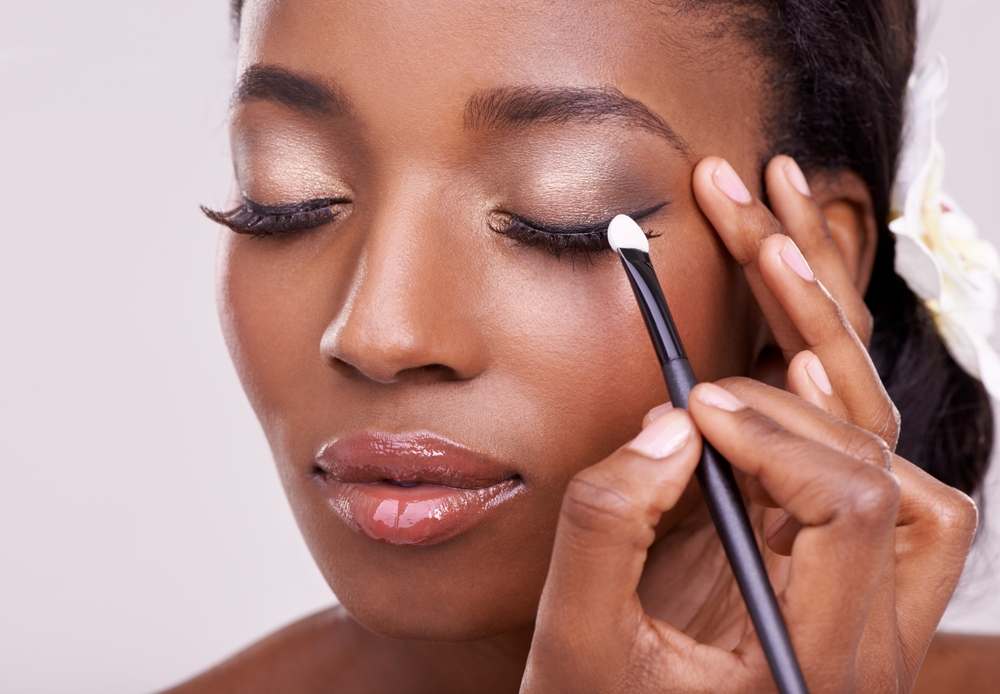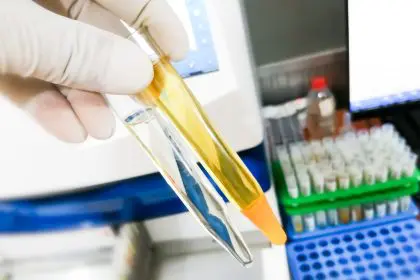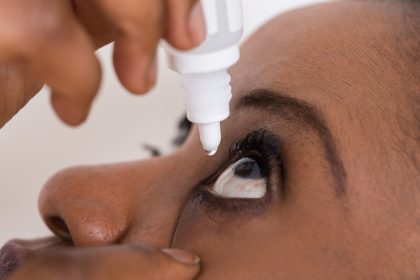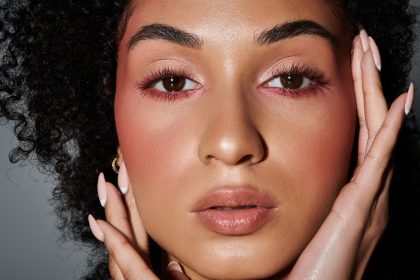Fake lashes have become a go-to beauty enhancement for many, offering a dramatic and effortless way to elevate your look. While they might seem harmless, these beauty accessories can have hidden risks, especially if used improperly or frequently. Understanding these potential dangers helps protect your eye health while enjoying enhanced lashes.
The threat of eye infections
When applying fake lashes, hygiene is often overlooked. If the adhesive or the lashes themselves are not sterile, they can introduce bacteria and other pathogens to the sensitive eye area. This can lead to infections such as conjunctivitis, commonly known as pink eye. Reusing lashes without proper cleaning increases the chances of transferring bacteria or debris to your eyes.
Early warning signs of infection include persistent redness, unusual swelling, or discharge from the eyes. Taking basic precautions, such as washing hands before application and ensuring clean tools, significantly reduces infection risks. Regular cleaning and proper storage of reusable lashes also helps maintain eye health.
Dangerous adhesive reactions
The glue used to adhere fake lashes presents another significant hazard. Many lash adhesives contain chemicals like formaldehyde, which can trigger allergic reactions. These responses range from mild irritation, such as redness and itching, to more severe reactions including swelling or difficulty opening the eyes.
Individuals with sensitive skin or pre-existing allergies face higher risks from these adhesives. Performing a patch test before using new adhesive products helps identify potential reactions early. Choosing hypoallergenic formulas or those free from harsh chemicals can also reduce reaction risks.
Natural lash deterioration
Fake lashes can put significant strain on your natural lashes, especially when improperly applied or removed. The weight of synthetic lashes, combined with the tugging motion during removal, can weaken hair follicles, leading to thinning or loss of natural lashes over time. This frequent use can also disrupt the natural growth cycle of lashes, making regeneration more difficult.
Some users experience permanent damage to their natural lashes after extended use of synthetics. Taking breaks between applications and using gentle removal techniques helps protect natural lash health. Professional application and removal can also minimize damage risks.
Physical eye injuries
Improper application of fake lashes can lead to serious physical injuries, particularly corneal abrasions. These painful scratches occur when lash strips or individual extensions contact the cornea directly. The risk increases when lashes are too long or poorly positioned, allowing them to poke and rub against the eyes throughout wear.
Severe cases of corneal injury can result in vision problems requiring medical intervention. Proper sizing and careful placement of lashes helps prevent these injuries. Users should avoid trimming lashes while they’re on the eye and ensure secure attachment to prevent shifting.
Disrupted eye function
The delicate oil glands along your eyelids play a crucial role in maintaining eye health by producing moisture that protects and lubricates the eyes. Fake lashes and their adhesives can obstruct these glands, particularly when residue accumulates along the lash line. This blockage often leads to uncomfortable conditions like dry eye syndrome or painful styes.
Thorough cleaning of the lash line after removing fake lashes helps prevent gland blockage. Using gentle, oil-based removers ensures complete adhesive removal while protecting the natural eye area. Regular breaks from fake lashes allow these glands to function normally.
Protecting your eyes
While fake lashes enhance beauty, protecting eye health must remain the priority. Choosing high-quality products from reputable manufacturers, maintaining strict hygiene practices, and limiting use to special occasions helps minimize risks. When problems occur, prompt attention from eye care professionals prevents serious complications.
For those unwilling to give up enhanced lashes entirely, professional application services offer safer alternatives to home application. These technicians understand proper placement techniques and use higher-quality products, reducing the risk of adverse reactions while maintaining the desired aesthetic effect.
This story was created using AI technology.
















